Samsung Galaxy S25 Ultra review
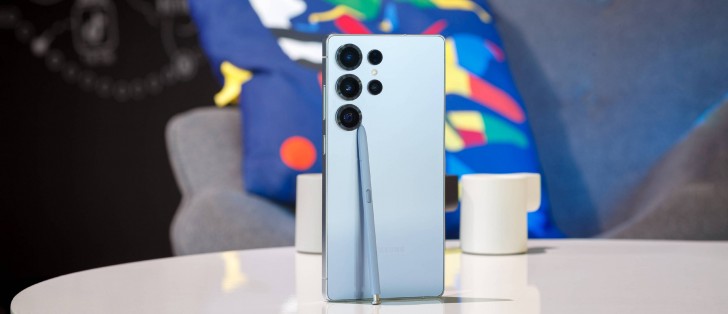
New ultrawide, but little else has changed
The Galaxy S25 Ultra doesn't bring a whole lot of changes in the camera hardware - the previous model didn't either, and it's not like the S23 Ultra was packed with exciting hardware upgrades compared to its own predecessor. The point is, the Galaxy Ultra camera is evolving - steadily, but also quite slowly.
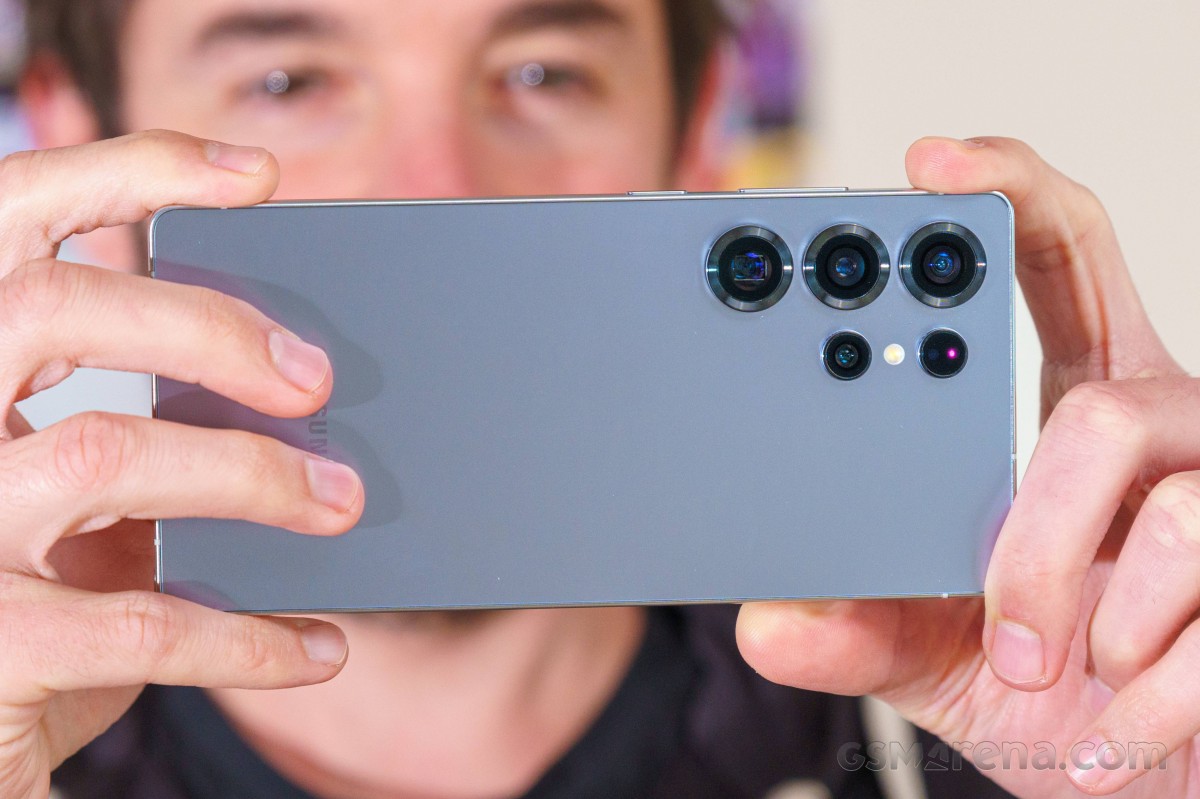
This year, the new bit is the ultrawide camera. Long overdue for replacement, the conventional (as opposed to Quad Bayer-type) 12MP unit finally makes way for a more current 50MP sensor - Samsung's own S5KJN3. Not a particularly popular piece of kit, this sensor doesn't have a product page yet, and finding more details isn't easy, but it does report a 0.7µm pixel size, meaning its optical format is virtually the same as on the outgoing 12MP sensor.
In essence, that's what Apple did with the iPhone 16 Pros' ultrawide too. It also kind of reminds us of the time when Samsung upgraded the S22 Ultra's 108MP main camera sensor with a 200MP one of practically the same size for the S23 Ultra.
Speaking of, the 200MP main camera is indeed the same as last year and, well, the same as on the S23 Ultra - as best as we can tell, of course - it's reporting the same HP2 sensor. The telephotos have been carried over too, and by the looks of it, the 5x unit isn't the ALoP solution we heard about in the Fall. We did say camera upgrades move slowly, didn't we?
Over on the front, you'll be getting the same setup for selfies as last year, but that's been dialed in pretty well, so not a whole lot of need for improvement.
- Wide (main): 200MP Samsung ISOCELL HP2 (S5KHP2, 1/1.3", 0.6µm-2.4µm), f/1.7, 23mm, multi-directional PDAF, OIS; 8K@30fps, 4K@120fps
- Ultrawide: 50MP Samsung ISOCELL JN3 (S5KJN3, 1/2.5", 0.7µm-1.4µm), f/1.9, PDAF; 8K@30fps, 4K@120fps
- Telephoto 1, 3x: 12MP Sony IMX754 (1/3.52", 1.12µm), f/2.4, 67mm, PDAF, OIS; 4K@60fps
- Telephoto 2, 5x: 50MP Sony IMX854 (1/2.52", 0.7µm-1.4µm), f/3.4, 111mm, PDAF, OIS; 8K@30fps, 4K@60fps
- Front camera: 12MP Samsung ISOCELL 3LU (S5K3LU, 1/3.2", 1.12µm), f/2.2, 26mm, dual pixel PDAF; 4K@60fps
Unfortunately, this year the Galaxy Ultra has lost its ability to use the stylus as shutter release - an always-with-you remote comes in handy every so often.
From another usability perspective and on a positive note, one feature that every other Galaxy since forever has had, remains. You can still not only launch the camera without touch operation, but also switch between front and rear cameras - useful in the right circumstances, and not something you can typically get elsewhere.
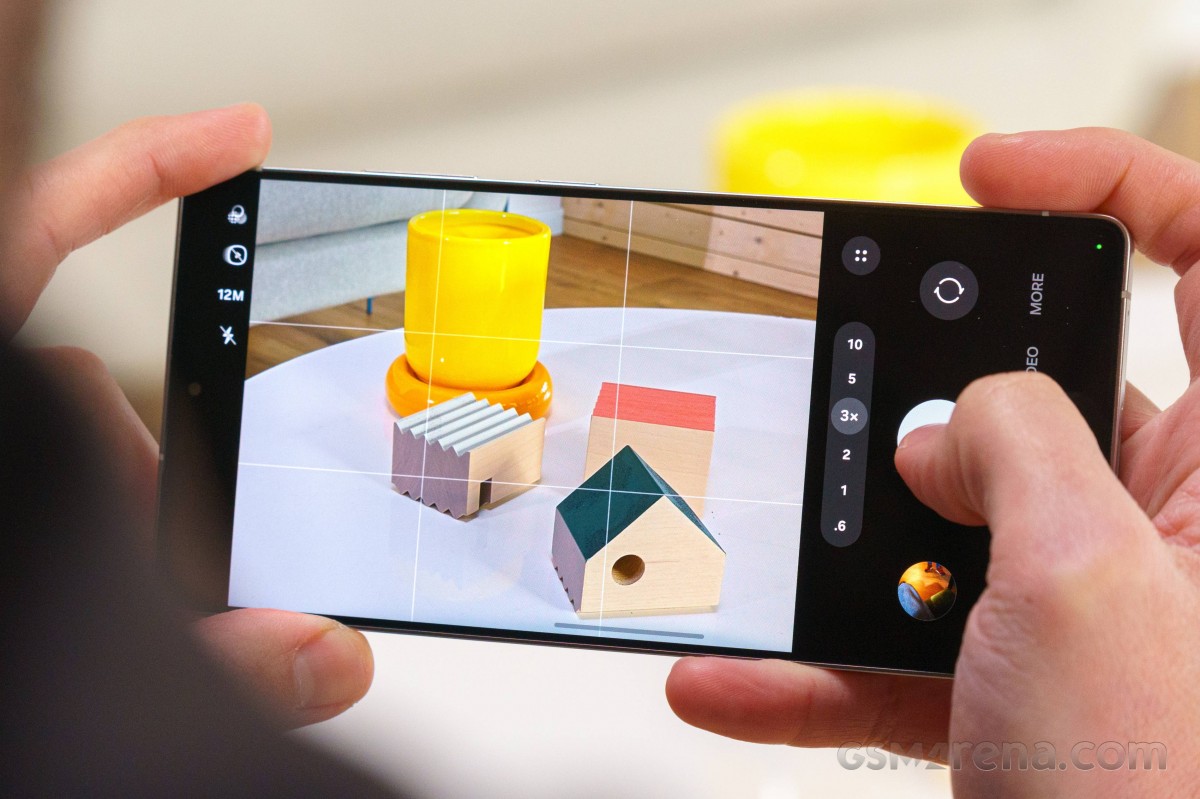
Samsung has also revamped the camera app with OneUI 7. The mode carousel is now placed under the shutter button instead of above and when you open the extra modes, they no longer hide your viewfinder. Pro mode options have been redesigned to keep the controls out of the way too.
Daylight photo quality
Main camera
The S25 Ultra captures great photos with its main camera in daylight. They have excellent detail with this very fine gritty structure - it's not really 'noise' and not strictly a flaw - you can call it character. Dynamic range is excellent and we're getting well developed tonal extremes even in harsh lighting. White balance is dependable and the color output is likeable without going overboard with the saturation.








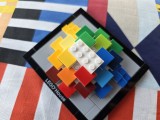


Daylight samples, main camera (1x)
People shots are nice too, though facial detail is somehow not as well defined as it could be - perhaps that's Samsung's way of presenting a more flattering version of your mug. Skin tones look pleasing too. The Portrait mode's blur level is a bit much by default, but you can tone it down (it's at 5 out of 7 'units').




Daylight samples, main camera (1x), Photo mode




Daylight samples, main camera (1x), Portrait mode
The 50MP mode is producing some super-detailed shots with only grass ending up a little mushy on some occasions. Pretty great stuff.




Daylight samples, main camera (1x), 50MP
Things do get soft on a pixel level at 200MP - stick to 50MP instead.




Daylight samples, main camera (1x), 200MP
The 2x zoom shots are quite similar in the level of detail to the 50MP 1x images - in other words, you can count on the main camera to get you very good 46mm-equivalent photos.




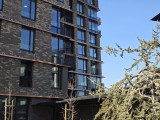



Daylight samples, main camera (2x)
Again, when taking photos of people at 2x, we're getting decent results but with even less definition of the subject's face.




Daylight samples, main camera (2x), Photo mode




Daylight samples, main camera (2x), Portrait mode
3x telephoto camera
The 3x telephoto camera captures good shots, without shining. Detail is solid, perhaps better than you'd expect given the 10MP to 12MP upscale action. The grain is there in the shadows if you go looking for it, but it's not getting in the way. Dynamic range and colors are great. The minimum focusing distance is around 18cm and allows for some nice closeups, though you'd probably prefer to use the 5x for that.


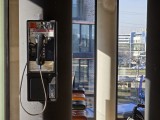





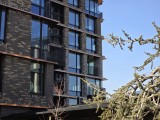


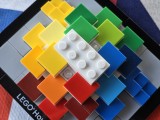

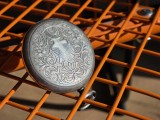


Daylight samples, telephoto camera (3x)
Here are a few people shots at the 70-ish mm equivalent focal length of the 3x telephoto camera.




Daylight samples, telephoto camera (3x), Photo mode




Daylight samples, telephoto camera (3x), Portrait mode
5x telephoto camera
The longer telephoto will have us looking for yet another way of saying detail and grain, and how there's a lot of one and some of the other. No complaints on color and dynamic range on this one either. Bonus points for the 25cm minimum focus distance, which allows for some nice closeups - not the most extreme ones, but quite useful still.
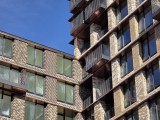









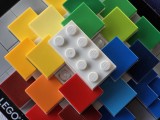



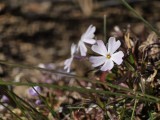
Daylight samples, telephoto camera (5x)
A few photos of our usual model at 5x - the 111mm equivalent focal length (or 115mm if the EXIF data is to be believed) is a bit longish for a smartphone-preconditioned mind, but it's still within the 'classic' portrait range and you can use it for more tightly framed shots.
Image quality is really nice here, with a very nice rendition of the facial features.




Daylight samples, telephoto camera (5x), Photo mode




Daylight samples, telephoto camera (5x), Portrait mode
The 50MP versions of the above scenes reveal a bit more detail, with a somewhat strange grain/mesh structure. Perhaps it could be worth shooting at 50MP on certain occasions and doing your own processing.




Daylight samples, telephoto camera (5x), 50MP
The 10x zoom level photos have a bit of a processed look thanks to the combined effects of the upscaling and sharpening. They're not pin-sharp, but are more than usable.
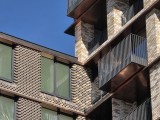






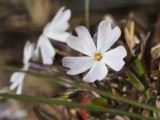
Daylight samples, telephoto camera (10x)
Ultrawide camera
The new ultrawide captures very good photos, though they're one tiny bit less sharp than what came out of the S24 Ultra's camera.








Daylight comparison, ultrawide camera (0.6x): Galaxy S25 Ultra • Galaxy S24 Ultra
They're still well exposed, have wide dynamic range and likeable color rendition. It's just that the old ones were sharper.







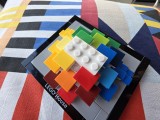

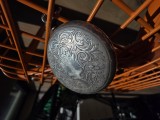


Daylight samples, ultrawide camera (0.6x)
The full-res images from this camera also appear to offer some added detail. Perhaps you could start there and arrive and actually superior 12MP ultrawide shots. Or maybe Samsung will refine the processing in a future update and the default 12MP photos will get better.




Daylight samples, ultrawide camera (0.6x), 50MP
Selfies
The Galaxy S25 Ultra uses a tried and tested 12MP selfie camera. Only in this case, for a change, we don't mind the lack of… changes. We're getting excellent results with nice skin tones, excellent dynamic range, and very good detail. Having AF is also most welcome if you like to do unusual angles at odd shooting distances.
Low-light photo quality
Main camera
In the dark, the S25 Ultra adopts a relatively conservative approach to processing. There's plenty of noise to go with the detail and shadows can be a little soft, plus there's something of a greenish tint to the darker areas. That said, exposures are very nicely balanced and you won't be getting gloomy dark shots but more appealingly developed scenes. You won't always have all your highlights salvaged and there may be instances with harsher rendition of bright lights.











Low-light samples, main camera (1x)
The alternative option - the dedicated Night mode, swings in the opposite extreme and with the heavy noisy reduction comes aggressive sharpening and a rather artificial look. The green tint gets reigned in, though.
We have to admit that we've gotten used to getting great full-auto results from other phones in the dark with little to no difference between the default processing and the Night mode alternative. In that sense, the Galaxy feels more like a relic of the past, when you had to choose based on the scene whether you'd prefer Photo mode or Night mode, and you had to deal with the pros and cons of each. It doesn't help that the Night mode capture feels like it's taking too long.







Low-light samples, main camera (1x), Night mode
At 2x zoom, the results are a little sketchy if you look at 1:1 magnification, but from afar they're quite usable.








Low-light samples, main camera (2x)
3x Telephoto camera
The telephoto camera's night shots are here to show us that the processing that keeps the noise in is a deliberate all-round choice on Samsung's part. Perhaps on this camera the noise can be a bit much though. Colors and dynamic range are hard to complain about though.












Low-light samples, telephoto camera (3x)
Night mode smooths out the noise but can bring in some of that watercolor look in certain scenes.




Low-light samples, telephoto camera (3x), Night mode
5x Telephoto camera
The longer zoom camera tends to do better in the dark, though the general trends are the same - good detail, graininess, very good dynamic range. The results aren't bad, but they're just not giving us the sensation they're coming from a state of the art cameraphone.












Low-light samples, telephoto camera (5x)
The 10x zoom will get you usable if not exactly likeable shots, though refraining from pixel-level examination is always advisable at this level.
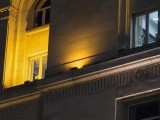







Low-light samples, telephoto camera (10x)
Ultrawide camera
The new ultrawide camera does introduce some changes, but they're not really huge. We're looking at slightly softer images that are also a little cleaner. The white balance is also closer to reality on the S25 Ultra.








Low-light comparison, ultrawide camera (0.6x): Galaxy S25 Ultra • Galaxy S24 Ultra
Overall, the new ultrawide is a step in the right direction - a small step, but a step no less.






Low-light samples, ultrawide camera (0.6x)
Video recording
The Galaxy S25 Ultra can record video up to 4K60 with all of its cameras in the regular Video mode. Also available are 8K30 options at the native focal lengths of the main, ultrawide and 5x cameras. The Pro video mode adds 24fps options for both 4K and 8K, as well as 4K120 for the main and ultrawide cameras.
The out-of-the-box setting for the video codec is h.265 (HEVC) and you can further choose between prioritizing for quality (the default state) or smaller file sizes. Alternatively, you can opt for the older and less efficient h.264 codec.
Video stabilization is available in all modes on all cameras, but you can disable it in settings if you have other means of ensuring stability. Audio is recorded in stereo, of course.
The HDR video recording has been upgraded to 10-bit HDR video (up from 8-bit last year). There is also a new Galaxy Log video mode where you intend to do the color grading of the footage later yourself.
Another video-related feature in OneUI is the new AI audio eraser in the Gallery, which allows you to adjust the volume of certain type of sounds in your videos after they’ve been taken - you get a choice of speech, music, wind, nature, crowd and noise.
You can check out the playlist below, which includes multiple video samples.
4K video out of the Galaxy's main camera is excellent - detail is great, dynamic range is wide and colors are on point. The 2x zoom level is pretty good too - there's a bit of a drop in definition, but it's not too bad. The 3x zoom camera is more in the alright category in terms of detail, but the overall look remains consistent. At 5x, detail is also good enough - not impressive, not a problem either - and global parameters are also looking fine.
In the dark, the main camera captures detailed clips, but there's also quite a lot of grain in the darker areas - not a bad trade-off, all things considered. The Galaxy exposes nicely too and has very good dynamic range - pretty solid results overall. The 2x zoom level is more noticeably noisier, but usable still. The telephotos are handling darkness better this year - they expose brighter than the S24 Ultra and capture good detail for the circumstances. The ultrawide is also a bit of an improvement compared to last year's effort.
Stabilization is excellent on the S25 Ultra - walking shake is barely a thing in the clips, panning is smooth and even the 5x telephoto looks almost planted when you're pointing it in one direction.
Reader comments
- xPandamon
- 14 May 2025
- JHj
It still is square, way more than the other models. It just has slightly rounded corners now. Also no, it is very different from the iqoo 13.
- K9krowl
- 12 May 2025
- KZK
3 months in with a 512GB unit. Pros: Great display & pretty snappy with barely any lag. Battery life isn't spectacular but sufficient for whole day before plugging in. Charging with an Anker GaN 40W is super duper fast. Can go from 2...







